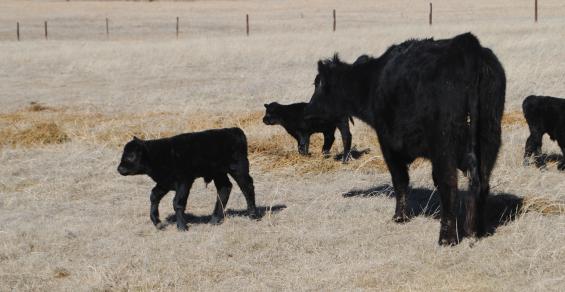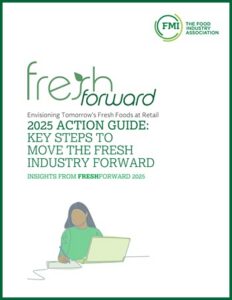Tough Decisions: A Nebraska Extension beef systems educator analyzes recent data coming from cow-calf operations in Canada.
A recent article by the Canadian Beef Cattle Research Council discussed questions the Canadian Cow-Calf Cost of Production Network tried to answer by benchmarking cow-calf production systems data from across Canada.
Based on their data for the 2021 production year, it was observed that the higher-profit farms within the network tend to have:
more cows
smaller cows
lower costs per cow
Profitability did not relate to a specific production system, farm structure or region. Each operation had its own unique approach to achieve financial success.
The lower percentage covering cash costs and depreciation in the greater-than-300 group at 75%, compared to the 201-300-head group at 89%, was because of some of the farms being hit harder by drought conditions in 2021 and dealing with sharper increases in fuel costs (i.e., with a lack of surplus feedstocks or other enterprises that used feed.)
One of the concerns with smaller cows is fewer pounds and, thus, less revenue. It is interesting to note that the high-profit group did have weaning weights 19 pounds less than the low-profit group. However, weaning weight as a percentage of mature cow weights were steady across the three profit groups at about 41%.
The lower costs of maintaining smaller cows appeared to offset the lower revenue on lighter calves and positively affected profitability. This may be true for operations affected by drought in 2021, given the skyrocketed feed prices and relatively stable cattle prices, according to the authors.
Profitability is measured with revenue and costs. While the high-profit group had higher returns and lower costs compared to the low-profit group, total returns per cow were only up 11% from the low- to high-profit group, while the decline in total costs per cow was more significant at 32%.
This indicated lower costs contributed more to the difference in profitability between low- and high-profit groups. Feed cost dropped more than 30% for the low- to high-profit group. The driver behind feed costs was the cost of feed production. In most cases, lower cost of feed was associated with cost of producing feed on the operation, as opposed to purchasing feed.
On average, the combined cost of purchased feed, fertilizer, seed and other variable inputs dropped more than 30% from the low- to high-profit groups. Land costs were relatively stable across the three groups, while labor and capital cost declined by 40% from the low- to high-profitable group.
As feed costs continue to climb for beef producers, it is imperative to hold cost down as much as possible to remain profitable.
The data from this study consists of 46 benchmark cow-calf farms and three dairy beef farms, with data collected from 186 participants across Canada. More information on this research can be found at the Beef Cattle Research Council website at beefresearch.ca.
Saner is a Nebraska Extension beef systems educator.





